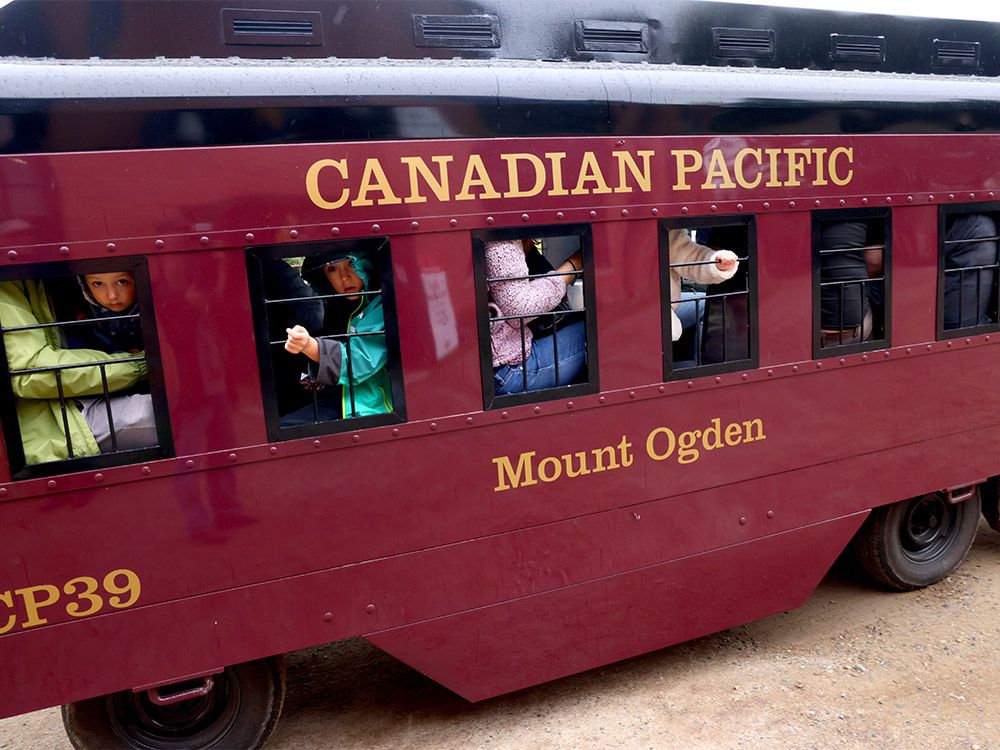Air Canada, Union is waiting for a decision by the Federal Labor Board at the return of the stewardesses to work

Hajdu’s move to order binding arbitration, Air Canada stated that they were ready to resume operations as soon as possible. The airline mentioned that it would take about a week to fully resume global operations after the strike had caused a complete closure.
The strike began just before 1 o’clock on Saturday after days of failed negotiations and a last-minute attempt to reach a deal on Friday evening. Stewardesses from both Air Canada and Air Canada Rouge walked off the job, causing chaos at airports across Canada.
During a press conference, Minister Hajdu expressed her disappointment that negotiations had failed and that the strike was having a significant impact on Canadians and the economy. She defended her decision to order binding arbitration, stating that it was necessary to resolve the dispute quickly.
The trade union, on the other hand, accused the government of violating their charter rights by ordering them back to work. Wesley Lesosky, President of the Air Canada component of Cupe, criticized Air Canada for exploiting their workers and delaying negotiations to force a strike.
Picket lines remained active at airports in Montreal, Toronto, Calgary, and Vancouver as travelers faced uncertainty and frustration. Many passengers were left stranded, unsure of when they would be able to continue their journeys.
As the Canada Industrial Relations Board deliberated on the Minister’s order, the fate of the striking stewardesses hung in the balance. The decision of whether to impose binding arbitration would determine when normal operations would resume at Air Canada. Until then, travelers and airline employees alike were left waiting for a resolution to the ongoing dispute. A group of picketers gathered outside of Toronto Pearson Airport earlier this week to protest against Patty Hajdu, with signs reading “Patty Hajdu, Shame on You” and “Forced to fly, we will not satisfy.” The protesters were expressing their frustration and dissatisfaction with the current situation involving Air Canada flight attendants and the ongoing strike.
Cupe National President Mark Hancock announced that the Trade Union would support the flight attendants, even if they refused to return to work. The trade union representatives have been vocal about the airline’s unwillingness to negotiate, while the carrier claims to have responded to every offer. The situation has escalated to the point where the federal government has been called upon to intervene, with both parties pointing fingers at each other for the failed negotiations.
The main point of contention between the airline and the trade union is the disagreement over wages and unpaid work. The trade union argues that entry-level employees are not making a livable wage, especially in major urban centers, and are pushing for better compensation, particularly for ground wages when the aircraft is not in the air. Air Canada, on the other hand, asserts that their offer would make flight attendants the best compensated in the country.
As the strike loomed, Air Canada began making preparations for the disruption of flights, affecting around 130,000 customers. By Friday evening, 623 flights had been canceled, leaving over 100,000 passengers stranded. The impact of the strike has been felt not only by the airline and its employees but also by the travelers who have had to scramble for alternative travel arrangements.
The strike of the Air Canada flight attendants has caused significant disruptions and inconvenience for passengers, highlighting the importance of fair wages and working conditions for airline employees. As the negotiations continue, it is essential for both parties to come to a resolution that is fair and sustainable for all involved. The recent surge in remote work has raised concerns about the potential impact on mental health. As more and more employees are working from home, away from the structure and social interactions of the traditional office environment, there is a growing recognition that the isolation and lack of boundaries can take a toll on mental well-being.
One of the key challenges of remote work is the blurred line between work and personal life. Without the physical boundaries of the office, many employees find it difficult to switch off from work and disconnect from their devices. This constant connectivity can lead to burnout, as employees struggle to set boundaries and find time for self-care.
Another issue is the lack of social interaction that comes with remote work. Many employees miss the camaraderie and support of their colleagues, as well as the casual interactions that can help to break up the monotony of the workday. Without these social connections, employees may feel isolated and disconnected from their team, leading to feelings of loneliness and isolation.
In addition, the lack of in-person supervision and feedback can also impact mental health. Without regular check-ins and face-to-face communication, employees may feel disconnected from their managers and unsure of their performance. This lack of clarity and direction can lead to feelings of anxiety and uncertainty about job security.
To address these challenges, companies need to prioritize mental health and well-being in their remote work policies. This includes providing resources and support for employees to help them manage stress, set boundaries, and maintain a healthy work-life balance. It also means fostering a culture of open communication and support, where employees feel valued and connected to their team.
Ultimately, remote work can offer many benefits, such as flexibility and autonomy. However, it is important for companies to recognize and address the potential impact on mental health. By prioritizing well-being and creating a supportive work environment, companies can help employees thrive in a remote work setting.




